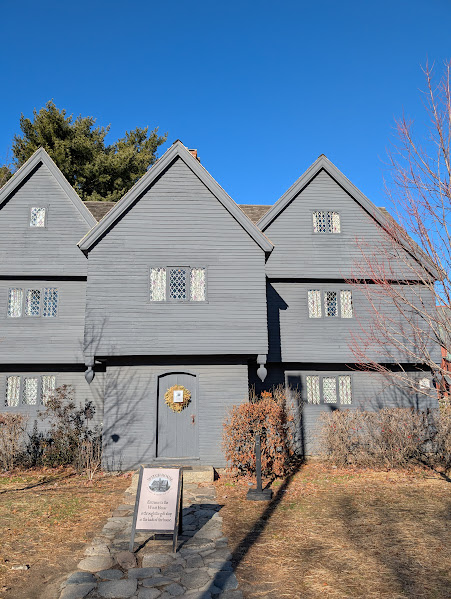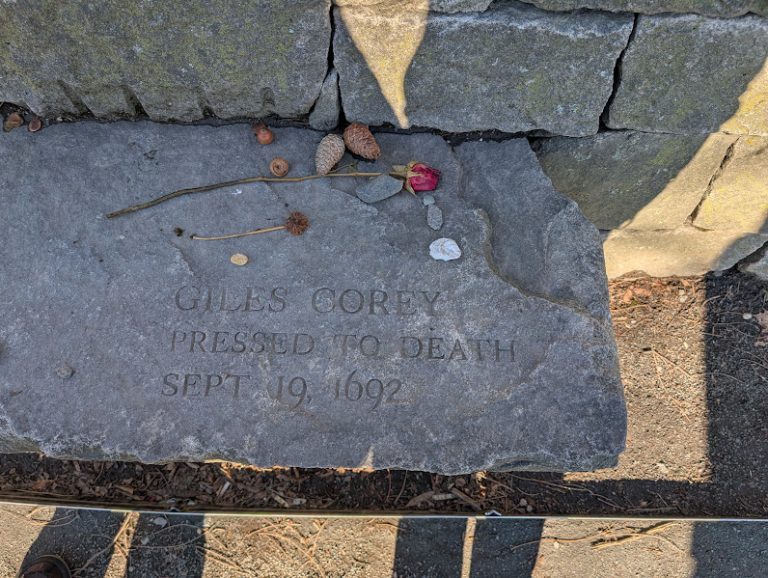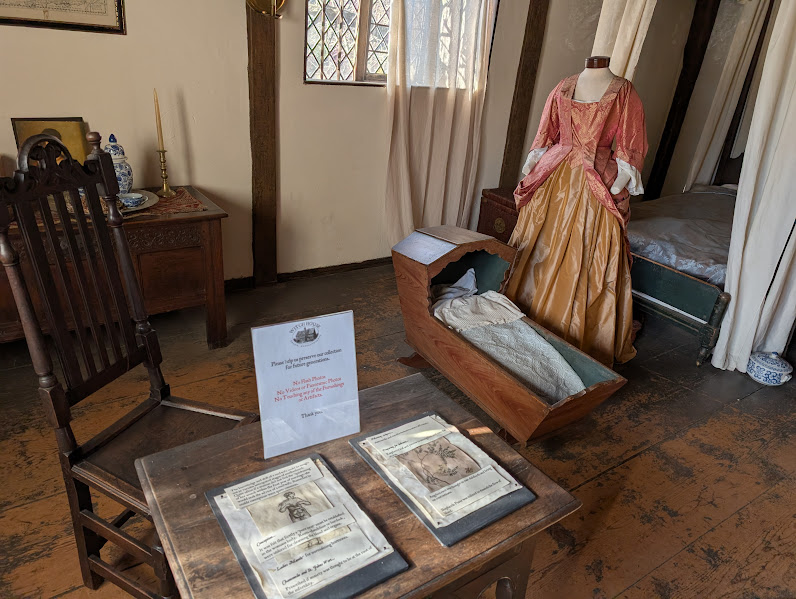SALEM, MA
A Short History of Salem, MA
Salem was founded by Roger Conant who traveled south from Plymouth and created a settlement called Naumkeag. By 1630 there are a whooping forty residents. To get things started, The First Church is built in 1629 and is considered one of the oldest in the country. That same year the first fort is also built. Salem is one of the oldest cities in the U.S. with military, legal, and religious landmarks being made here first before spreading throughout the colonies. However, that is not necessarily what Salem is best known for.
The Witch House

I think the Witch House was the stop I was the most excited about during the Salem visit. It is one of the only spots in Salem that has a direct tie to the actual Salem Witch Trials of 1692. The Witch House was built in 1675 and belonged to Judge Jonathan Corwin. Like most of the judges presiding over the Witch Trials, Corwin was totally fine with using spectral evidence in a court of law even after the fallacies in it were rubbed in his face. Despite the name “Witch House”, no known witches or accused witches actually lived there. However, Corwin’s mother in law was accused at one point by a servant but being the wealthy woman she was, she was never arrested.
A lot happened in the 17th century in Boston, as New England seemed to thrive. They established churches, cemeteries, government, and colleges. But of course what Boston is most known for is their involvement in the American Revolution. From the Boston Massacre in 1770 until the Battle of Lexington and Concord, Boston was a major point of activity for the rising tensions that would bring on the war.
Like most other major cities in the U.S., Boston’s population grew rapidly in the mid to late 1800s. The 1880 census shows that 1/3 of Boston’s population were immigrants (mostly Irish).
Salem Witch Trials Memorial
When you first approach the memorial it doesn’t seem like it’s going to be anything that spectacular if I’m being honest. Salem was a must when we went to Massachusetts and I thought maybe I built it up too much in my head. But once you get closer the simplicity of the stone work, the names, their date of execution and means effect differently than a grandiose monument might. These were simple people swept up in a tragic social experiment gone horribly wrong. Somehow the monument fits it perfectly. People still leave trinkets on the stones. We saw flowers, rocks, coins, even some toys. These people are not buried here, these are just markers. Giles Corey is believed to have been buried in an unmarked grave in the field by the prison he was held in awaiting questioning.


Visiting SALEM, MA
The Witch House was by far the highlight of my Salem trip. The kitschy shops were fun and the parade of gothic residents fit the landscape, but the rich history of the town really resonates in this museum. The artifacts and information inside were well worth the few bucks to tour the house. It is very small inside, I don’t know how it looks in October but I can imagine it’s quite suffocating.